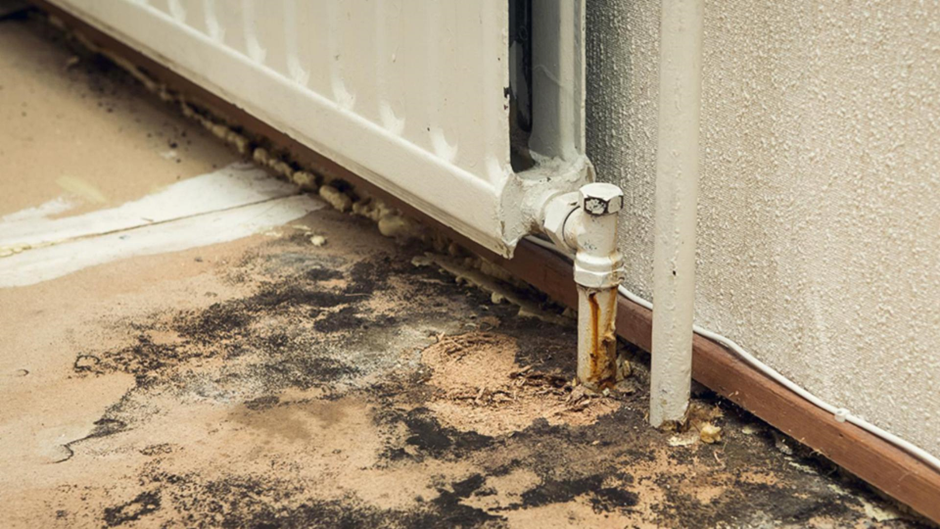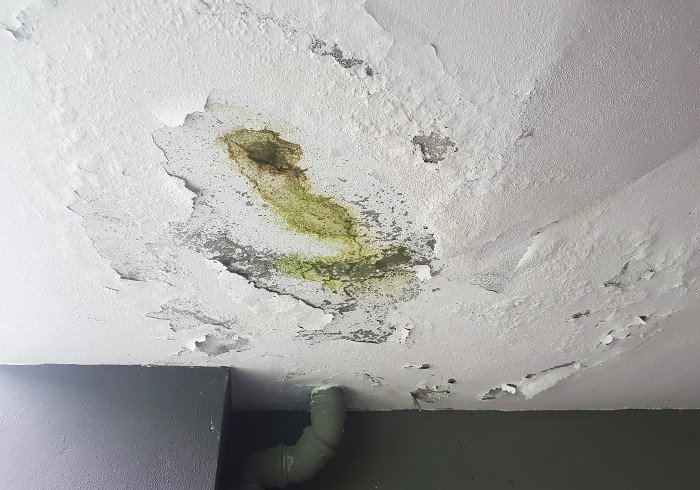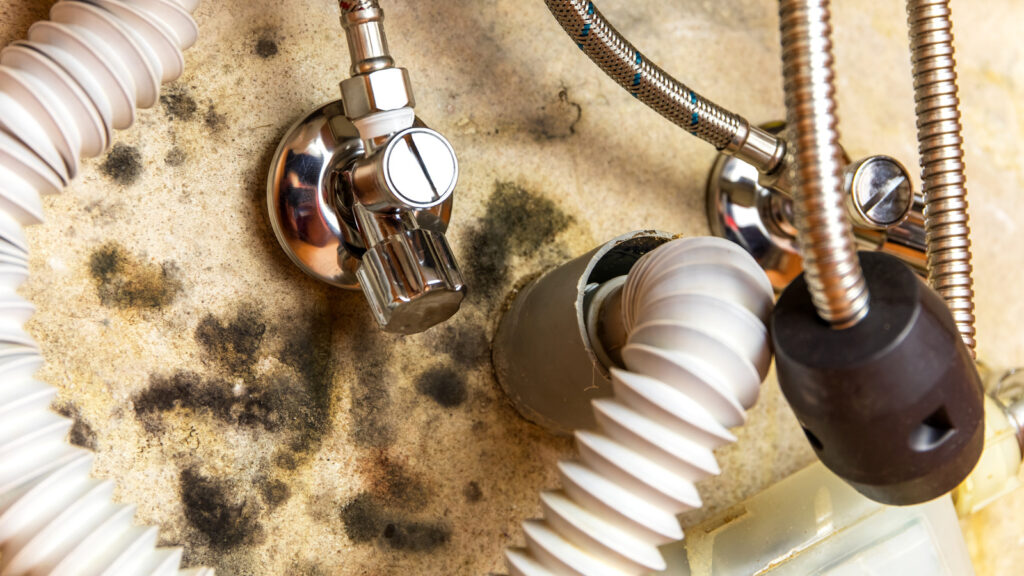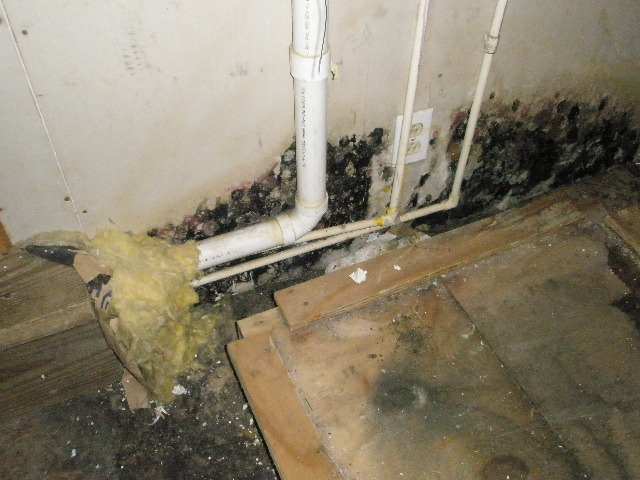Mold is a sneaky little fungus that can grow almost anywhere! It can even grow in our homes where we don’t expect it. Mold can cause allergies or other health issues. But did you know that mold can grow in water? In this blog, we will learn about mold, why it’s bad, where it grows, and how to keep it away from our homes. Let’s dive in and become mold detectives!
What Is Mold?
Understanding Mold
Mold is a tiny living thing that you can’t see without a special tool called a microscope. It looks like fuzzy spots or patches, kind of like a soft, greenish or blackish blanket. Mold loves damp places and comes in different colors, like green, black, white, or even orange.
Mold plays an important role in nature by helping break down dead things, like leaves and trees. While this is good for the environment, when it starts growing in our homes, it can become a problem due to mold growth.
Where Does Mold Like to Grow?
Mold loves to grow in places that are:
- Warm: Mold enjoys warm spots, just like we do! Think about how cozy it feels on a sunny day.
- Wet: Mold needs moisture to grow, like when we spill water or when it rains, leading to potential water damage if not managed. Just like we need water to drink, mold needs water too!
- Dark: Mold prefers to stay out of bright sunlight. It likes to hide in dark corners where it can remain hidden, especially where there are signs of water damage.

Can Mold Grow in Water?
You might be wondering, Can mold grow in water? Yes, it can! Mold can grow in water if it has the right conditions. If there is water sitting around, mold can find a way to grow in it. This is not good because mold can make us sick. It’s important to know where mold can grow so we can stop it! Mold can cause a variety of health problems.
Where Can You Find Mold in Water?
Mold can be found in several places with water:
- In Puddles: When it rains, puddles can form. Mold can grow in those puddles if they stay there for a long time.
- In Bathrooms: Sometimes, water can collect in our bathtubs or sinks. If we don’t clean them well, mold can grow there. It loves to hang out in corners or on tiles.
- In Water Containers: If we have a water bottle or bucket that isn’t cleaned, mold can grow inside. This is especially true if the water sits for too long.
- In Air Conditioning Units: Sometimes, air conditioners collect water inside them. If people don’t clean them regularly, mold can start to grow there.
- In Damp Basements: If your home has a basement that stays damp or has water leaks, mold can grow on the walls or floors.
Read more about black mold on toilet
Fun Fact: Mold Can Grow Quickly!
Did you know that mold can start growing within just 24 to 48 hours is the time it takes for mold to grow in damp conditions. if there is water? That’s why it’s important to clean up spills quickly!
Why Is Mold Bad?
Health Problems
Mold can make people feel sick due to mold exposure. Here are some things that can happen if mold is around:
- Sneezing and Coughing: Mold can make our noses itchy and cause us to sneeze or cough. It’s like when you smell something funny!
- Breathing Problems: Some people find it hard to breathe when mold is around. This is especially true for kids with asthma or allergies who are more sensitive to mold spores.
- AllergiesMold can make allergies worse, causing itchy eyes or rashes on our skin. Mold exposure can cause respiratory problems as well. Allergies can be annoying, like having a stuffy nose or feeling sneezy all day.
- Headaches: Sometimes, being around mold can give people headaches. If you have a headache and think mold might be nearby, tell an adult! Mold exposure can cause headaches and other symptoms.
Damage to Our Homes
Mold can also hurt our homes. It can eat away at wood and cause walls to get soft and weak, indicating water damage and mold growth. This means we need to take care of mold right away! Here’s how it can cause damage:
- Rotting Wood: Mold can make wooden furniture, doors, and floors weak and rotten. This can lead to costly repairs.
- Staining Walls: Mold can leave dark stains on walls, which can make your home look messy.
- Bad Smells: Mold often smells musty, like old bread. This smell can make your home feel less comfortable.
How to Stop Mold from Growing in Water
Keeping Our Homes Dry
The best way to stop mold from growing is to keep our homes dry. Here are some easy things you can do:
1. Clean Up Spills
If you spill water, make sure to clean it up right away! This helps keep mold from growing. Use a towel or a mop to wipe it up and prevent mold from growing in damp areas. You can also help remind your family to clean up after spills!
2. Fix Leaks
If a pipe or faucet leaks, tell a grown-up! They can fix it to stop water from dripping. A leaky pipe can cause a lot of water to collect, which is perfect for mold to grow.
3. Dry Wet Things
After taking a shower, make sure to dry off any wet towels or clothes. Hang them up to dry or put them in the laundry. Wet towels can create a perfect spot for mold!
4. Use a Dehumidifier
A dehumidifier is a special machine that takes moisture out of the air. It can help keep your home dry! If you live in a humid area, having a dehumidifier can be very helpful.

Checking for Mold
1. Look in Dark Places
Check places that are dark and damp, like under the sink or in the bathroom. If you see fuzzy spots, that could be mold! Always tell an adult if you find something that looks like mold.
2. Use a Flashlight
Shine a flashlight in dark corners to see if there’s any mold hiding. Mold loves to hide in places we can’t see, so checking with a flashlight is a great idea!
Cleaning Up Mold
If you find mold, it’s important to clean it up to avoid mold exposure! Here’s how to check for mold or signs of water damage:
1. Ask for Help
Always ask a grown-up to help you clean mold. They know how to do it safely! Never try to clean mold by yourself.
2. Use Soapy Water
Mix some water with soap. This can help wash away the mold. You can use a sponge or a cloth to scrub the area. Make sure to rinse it with clean water afterward.
3. Wear Gloves
When cleaning, it’s a good idea to wear gloves. This keeps your hands safe! Mold can be harmful, so protecting yourself is important.
Using Special Cleaners
Sometimes, we need special cleaners to get rid of mold. These products work wonders for cleaning mold. Ask a grown-up to help you find one. Make sure to follow the instructions on the label, just like following a recipe when cooking!
Keeping the Air Fresh
1. Open Windows
Opening windows lets fresh air in and helps dry out damp places. Fresh air is like a big breath of lemonade on a hot day, helping reduce mold growth!
2. Use Fans
A fan can help keep air moving, which helps keep things dry. You can use ceiling fans or even small desk fans to help blow away dampness.
3. Improve Ventilation
Ventilation means letting air flow through your home to prevent mold growth. Make sure air can circulate in rooms, especially in bathrooms and kitchens. Leaving doors open can help with this!
What to Do If Mold Comes Back
Sometimes, even after we clean, mold can come back if there’s persistent moisture or water damage. Here are some steps to take:
1. Check for Moisture
If mold keeps coming back, there might still be moisture. Check for leaks or damp spots again. If you see water collecting, it’s time to clean it up!
2. Call a Professional
If the mold is too big to handle, it’s best to call a professional, as mold can cause serious health issues. They are experts at getting rid of mold safely. They have special tools and know-how to deal with bigger mold problems.

Fun Facts About Mold
- Mold Can Be Colorful: Some mold can be bright green, blue, or even purple! Isn’t that interesting? But just because it looks cool doesn’t mean it’s good!
- Mold Helps Nature: While mold can be bad for homes, it also plays a vital role in nature. Mold helps break down dead plants and trees, which helps the earth stay healthy.
- Mold Has Superpowers: Did you know that scientists use some types of mold to make medicines? Penicillin is a famous antibiotic that comes from mold. It helps people feel better when they are sick!
How Mold Affects Our Lives
1. Everyday Life
Mold can be a sneaky troublemaker in our everyday lives, especially when it affects our water supply. It can hide in places we don’t see and affect how we feel and how our home looks. If mold makes us sick, it can also affect our playtime, school, and fun activities!
2. Learning to Recognize Mold
Learning to recognize mold is super important! When we know what it looks like and where it grows, we can stop it before it gets too big. If you see fuzzy spots, remember to tell an adult right away! This could be a sign that mold exposure can cause health problems.
3. Teaching Others
You can be a mold detective and teach your friends and family about mold too! Share what you learned today. Together, you can keep everyone safe from mold!
Conclusion
Now you know that mold can grow in water pipes! It’s important to keep our homes clean and dry to stop mold from making us sick. If you see mold, ask for help to clean it up. Remember, keeping our spaces tidy and dry is the best way to keep mold away.
By being mold detectives, you can help your family keep your home safe and healthy. Always remember to clean up spills, check for leaks, and look for mold in dark corners where it might grow in damp conditions. Together, we can keep mold away and make our homes happy places to live!
So let’s all take steps to prevent mold growth by maintaining good ventilation and addressing leaks quickly. work together to learn about mold, keep our homes clean, and enjoy a healthy life. Mold is no match for our teamwork!
Q: What causes mold to grow in water sources?
A: Mold growth in water sources is primarily due to the presence of standing water or moisture, which creates an ideal environment for mold to thrive. Factors like contaminated water, a food source, and lack of proper ventilation in water systems also contribute to mold in your water.
Q: How can I tell if there is mold in my water pipes?
A: Signs that you have mold in your water pipes include a moldy smell, discoloration, and unusual taste in your tap water. Additionally, any visual signs of mold around faucets and in the water supply pipes can indicate mold contamination.
Q: What are the symptoms of mold exposure from drinking water?
A: Symptoms of exposure to mold from drinking water can include allergic reactions, respiratory problems, nausea, headaches, and skin irritations. People with compromised immune systems are more susceptible to these symptoms.
Q: Is it common for mold to grow in my water pipes?
A: Yes, it is common for mold to grow in water pipes, especially in older or poorly maintained systems. Moldy residues can often be found in damp environments and can spread through the water system.
Q: How can I remove mold from my water system?
A: To remove mold from your water system, professional mold remediation services can be effective. Homeowners can also use water treatment solutions that include disinfectants like chlorine or hydrogen peroxide to prevent mold in your pipes. Regular maintenance and inspection of plumbing can also help prevent mold growth.
Q: What steps can I take to prevent mold from growing in my water system?
A: To prevent mold from growing in your water system, ensure proper ventilation, fix leaks promptly, use water treatment devices, and regularly clean and inspect your plumbing for mold in your pipes. Keeping the area dry and maintaining a regular flow of water can also help prevent mold growth.
Q: Can contaminated water cause mold problems in the entire house?
A: Yes, contaminated water can cause mold problems throughout the house. If mold begins to grow in your water pipes, it can spread to other areas of the home through the water supply. This can result in a widespread mold issue if left unchecked.
Q: Is bottled water a safer option if I suspect my water system is full of mold?
A: If you suspect your water system is contaminated with mold, switching to bottled water can be a temporary safer option while you address the issue. However, it’s important to resolve the mold problem in your water system to ensure long-term safety.
Q: What type of mold is most likely to grow in water pipes?
A: Black mold (Stachybotrys chartarum) is one of the most common types of mold to grow in water pipes. However, other types like Aspergillus and Penicillium are also frequently found in damp environments and water systems.
Q: Can using a water filter help prevent mold growth in my tap water?
A: Yes, using a water filter can help prevent mold growth in your tap water by removing contaminants and particles that could provide a food source for mold. Regularly changing the filter is essential to maintain its effectiveness.

